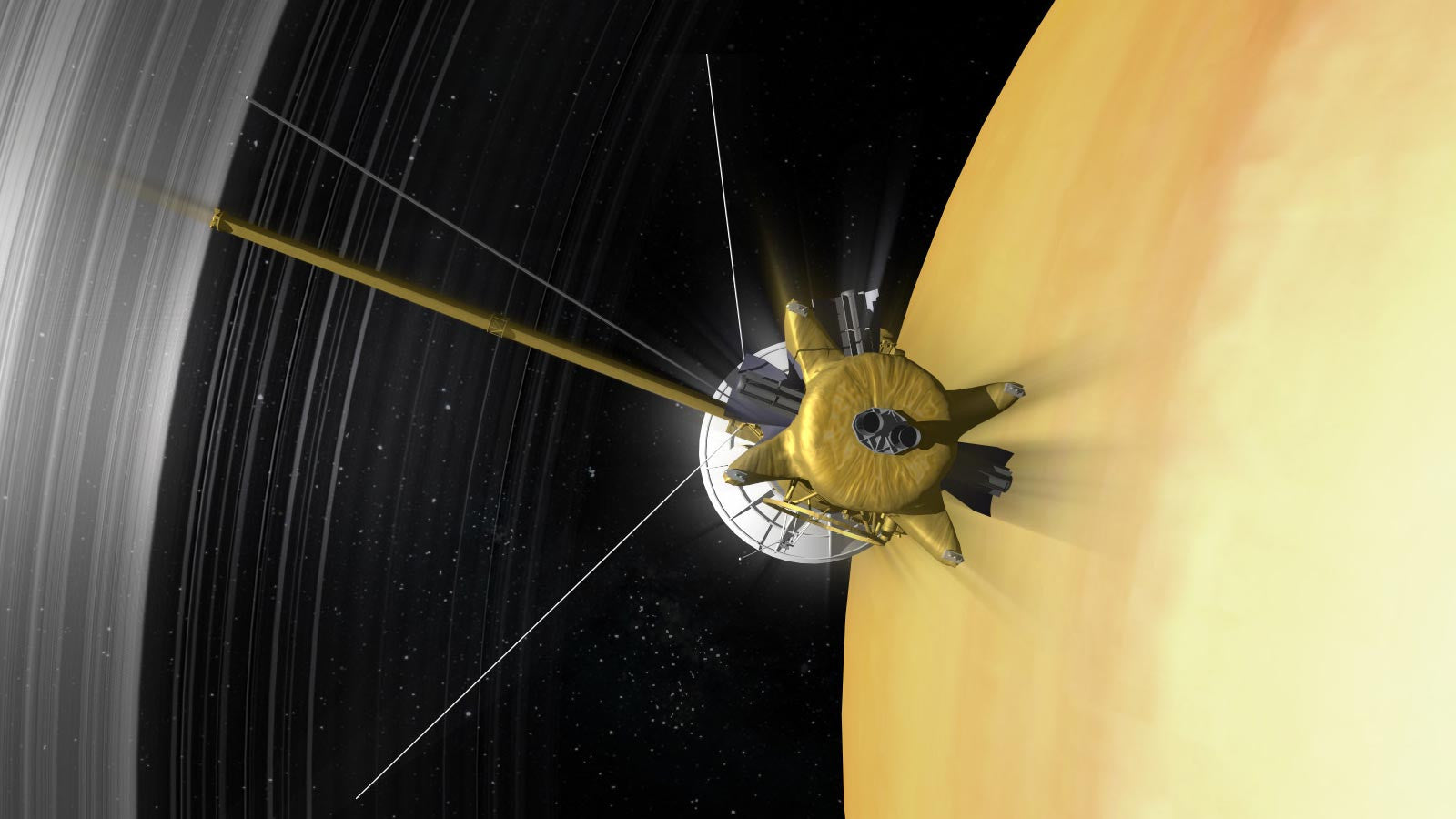
Six Most Important Topics in Astronomy for 2017
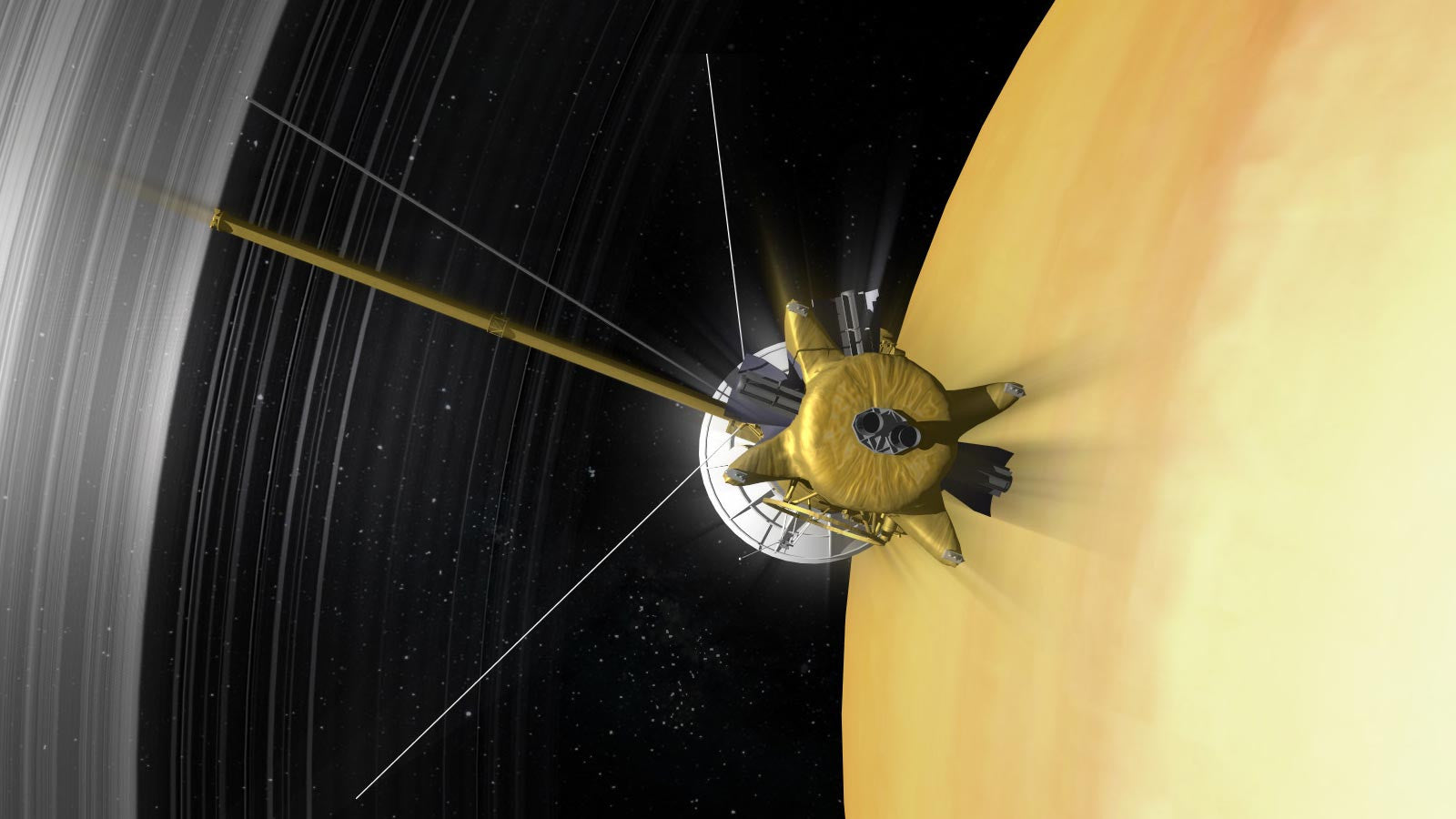
From mysterious new planets to a total solar eclipse, 2017 is an exciting year for astronomy. We’ve gathered six reasons we think you should be excited this year.

The Use of Improved Lasers to Study Gravitational Waves
In February 2016, the Laser Interferometer Gravitational-Wave Observatory (LIGO) announced the first detection of gravitational waves, which were discerned by the super-precise laser technology of their instruments. All interferometric gravitational-wave detectors, like the ones at LIGO, rely on laser systems that keep their high output power stable over years and that show very little short timescale power fluctuations. Currently, all beams of the laser systems use in gravitational wave detectors have higher intensity at the center than at the edges, leading to an undesirable strong influence of mirror surface fluctuations on the measurement precision of gravitational wave detectors. This can be reduced however, by more homogenous high-power laser intensity distribution.
WHY THE DISCOVERY OF GRAVITATIONAL WAVES IS SO IMPORTANT
Now, researchers have presented two new technologies capable of further increasing the sensitivity of future gravitational wave detectors. “We have made two important breakthroughs,” says Benno Willke, leader of the laser development group at the Max Planck Institute for Gravitational Physics. Along with using a novel type of laser beam profile in interferometric gravitational-wave detectors, scientists have also shown how to increase the power stability of the high-power lasers used in the detectors. These are important steps towards the future of gravitational-wave astronomy.“
DISCOVER THE GRAVITATIONAL WAVES DRESS
The novel type of laser beam can be attributed to the fact that scientists have recently developed a new device, known as a pre-mode cleaner, that optimizes the beam profile, reduces beam jitter, and most importantly, is compatible with LIGO lasers. The second breakthrough, which is increased stability, comes from the fact that scientists have discovered a way to further refine the power stabilization system. Part of the laser light is picked off and distributed on multiple photodetectors to precisely determine the total laser power. If it varies, the main laser power is corrected accordingly. Together, these improvements have shown that it is possible to transfer the excellent stability level from a table-top experiment and, if things go as planned, it should also be possible to achieve high stability using LIGO technology.
WATCH THE FULL LIGO DETECTION MOVIE BELOW
Want more LIGO updates?
Follow LIGO
Follow LIGO on Twitter
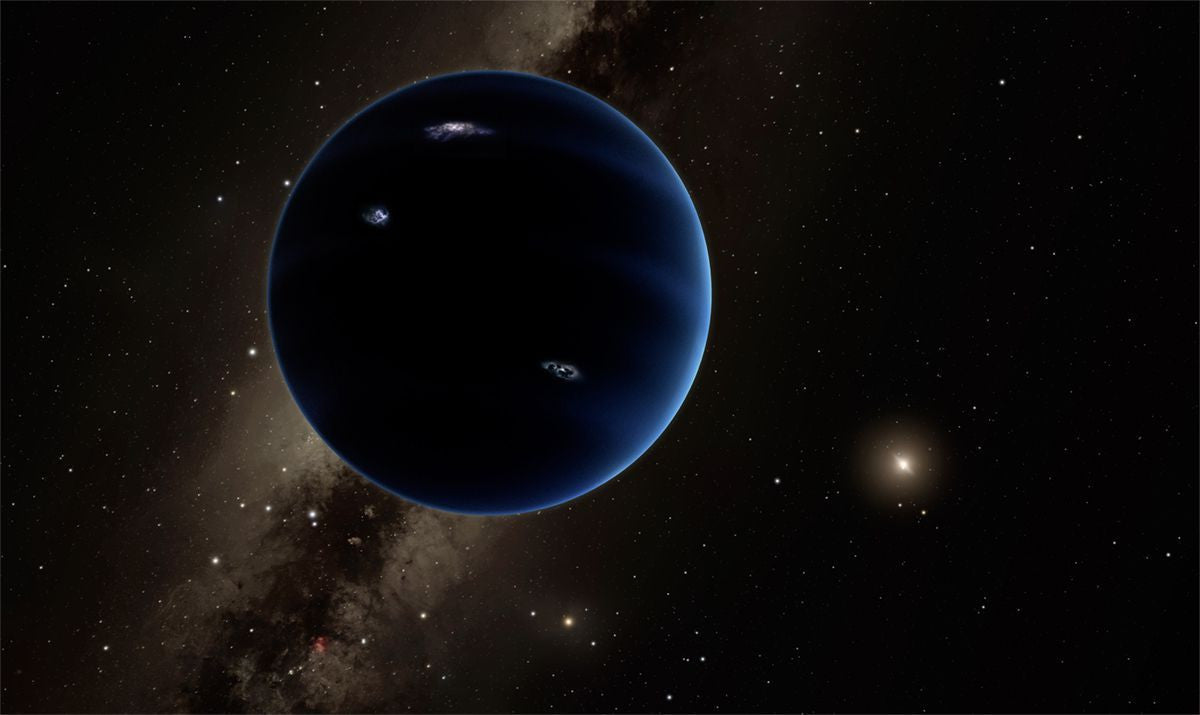
The Exploration of the Mysterious Planet 9
Orbiting far beyond Pluto in the unseen reaches of our solar system, this recently discovered mysterious ninth planet is already baffling scientists. Planet 9 is estimated to be 10 times more massive than Earth and at least 10 times farther from the sun than Pluto. Gravitational evidence suggests that Planet 9 is, in fact, a planet–making it all the more mysterious. Astronomer-run models have proposed several scenarios that may explain how Planet 9 arrived, but all are still highly unlikely. Astronomer Gongjie Li’s paper published in the Astrophysical Journal Letters notes that evidence points to Planet 9 existing, but it has been nearly impossible to explain for certain how it was produced.
There have been a few hypotheses, however. Perhaps the most likely explanation as to how Planet 9 got to its current location is that a passing star affected the mysterious planet’s orbit–pulling it away from the sun and making its obit far more elliptical. Although this “most likely” explanation has only 10% chance of ever occurring.
Questions still surround Planet 9, so stay tuned here to find out new updates and discoveries regarding the mysterious planet.

Trappist-1 and the Discovery of 7 Exoplanets
In a February 22, 2017 press release, NASA announced that not just one, but seven Earth-sized planets have been identified orbiting Trappist-1, a dwarf star about 40 light-years away from our planet. What’s more exciting is that some of these planets could potentially harbor liquid water and sustain life–offering a very realistic opportunity to search for signs of alien life outside of our solar system.
As astronomer at the Massachusetts Institute of Technology Sara Seager explains, “The Trappist-1 planets make the search for life in the galaxy imminent. For the first time ever, we don’t have to speculate. We just have to wait and then make very careful observations and see what is in the atmospheres of the Trappist planets.”
Telescopes on the ground, as well as the orbiting Hubble Space Telescope, will be able to discern some of the molecules in these planetary atmospheres. Additionally, the James Webb Telescope, which is scheduled to launch next year, will examine the infrared wavelengths of light–making it ideal for studying Trappist-1.
However, even if all of the Trappist planet turn out to be lifeless, scientists will have learned much more about what keeps life from flourishing. So, stay tuned because whether or not astronomers discover extraterrestrial life, there’s a lot to learn!

The Total Solar Eclipse
Mark you calendars on August 21, 2017–a total solar eclipse will take place! A solar eclipse occurs when the Moon passes between the Earth and the Sun, obscuring the image of the Sun for a viewer on Earth. A total solar eclipse is an eclipse where the Moon’s apparent diameter is larger than the Sun’s diameter, subsequently blocking all direct sunlight. Total darkness will occur in a narrow path across the Earth’s surface, with a partial solar eclipse visible for thousands of kilometers in the surrounding regions.
As the first total solar eclipse to sweep across the entire United States since 1918, this event is definitely something to look forward to! The eclipse’s center line will enter Oregon (between Lincoln City and Newport) and will exit three hours later through South Carolina (between Georgetown and Charleston). The longest duration of totality will be 2 minutes 41.6 seconds in Shawnee National Forest. Check out this awesome website to find out more about this once in a lifetime event!
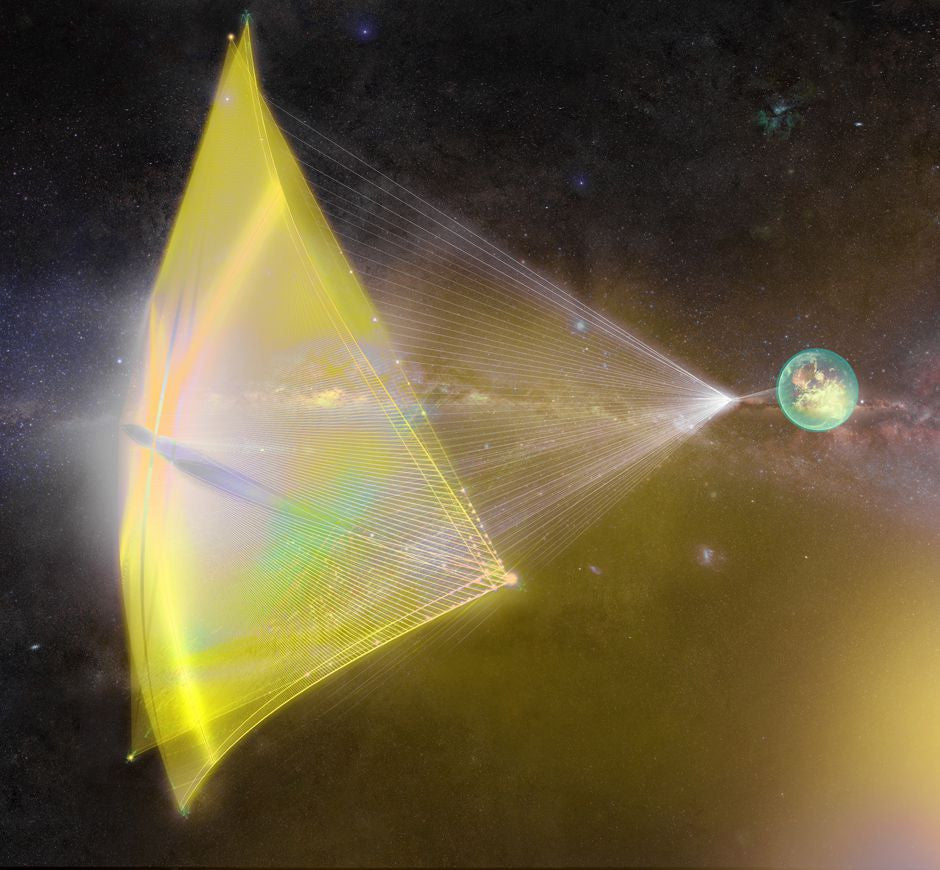
The Possibility of Exploring Proxima B by Nanocraft
In April 2016, billionaire Yuri Milner and renowned cosmologist Stephen Hawking announced Breakthrough Starshot, an initiative to send a postage stamp-sized spacecraft to the Alpha Centauri star system. However, the recent discovery of Earth-like exoplanet Proxima b around the system’s smallest star has given Breakthrough Starshot a new sense of focus and urgency. Proxima b, which has a lifetime of several trillion years, would be the “most natural location to where our civilization could aspire to move after the will die, 5 billion years from now,” according to Abraham Loeb, chair of Harvard University’s astronomy department.
The tiny spacecraft equipped with a camera and various filters could be able to take color images of the planet and infer whether or not it harbors life, water, or neither. This nanocraft could also measure the planet’s mass, as well as its magnetic field environment. While exciting, Breakthrough Starshot’s launch towards Proxima b will not happen immediately. There will likely be 5 to 10 years of feasibility demonstrations in a lab to prove the viability of the underlying technology–ground-based laser beams that would be used to accelerate a lightweight sail attached to the craft to one-fifth the speed of light.
Initially, the goal of the initiative was to launch the nanocrafts within two to three decades to begin their 20-year journey. Any photos taken would then require an additional four years to return to Earth. Although this would put our first close-up views of Proxima b about half a century away, many board members of the initiative hope that the timeline gets sped up so that they will have a chance of viewing the historic images.
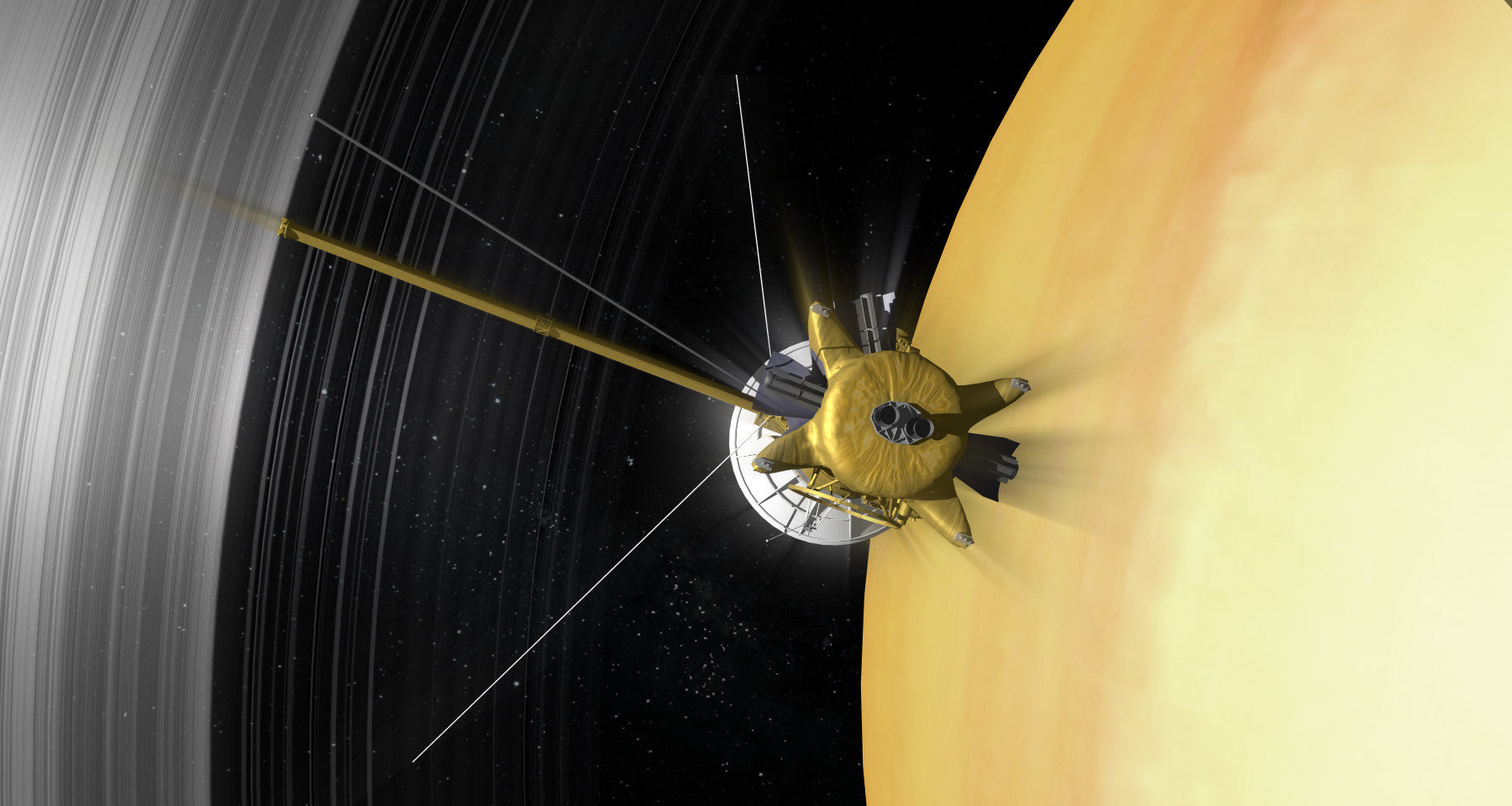
Cassini Mission to Saturn: The Grand Finale
Nearly 20 years after its initial launch, the Cassini Mission will come to an end on September 15, 2017, precisely at 5:07am. The spacecraft, which has been orbiting Saturn for 13 years, will begin its ‘Grand Finale’– eventually plunging into the upper atmosphere of the planet. Why end the mission? The answer to that question stems from the fact that the spacecraft is running low on rocket fuel, which would eventually prevent the mission operators from controlling Cassini’s course.
CELEBRATE THE CASSINI MISSION WITH THE SATURN DRESS
The Grand Finale is not just an ending however. It is also part of the fact finding mission. As the spacecraft hurtles towards the gas giant planet, it will collect rich and valuable information that the original planners may never have imagined. Creating detailed maps of Saturn’s gravity and magnetic fields, improving our knowledge of how much material is in the rings, sampling icy ring particles that are funneled into the atmosphere, and taking ultra-close images of the planet’s rings and clouds, the Grand Finale will provide information of unprecedented quality.
The information gathered from these activities will vastly improve our understanding of how gas giants form and evolve. So, save the date and stay tuned!
Also in News and updates

PhD Defense Attire: New Brain Anatomy Dress

Constellation Dress for Astronomy Lovers
We've updated the design of the STEM Classic Constellation Dress!

